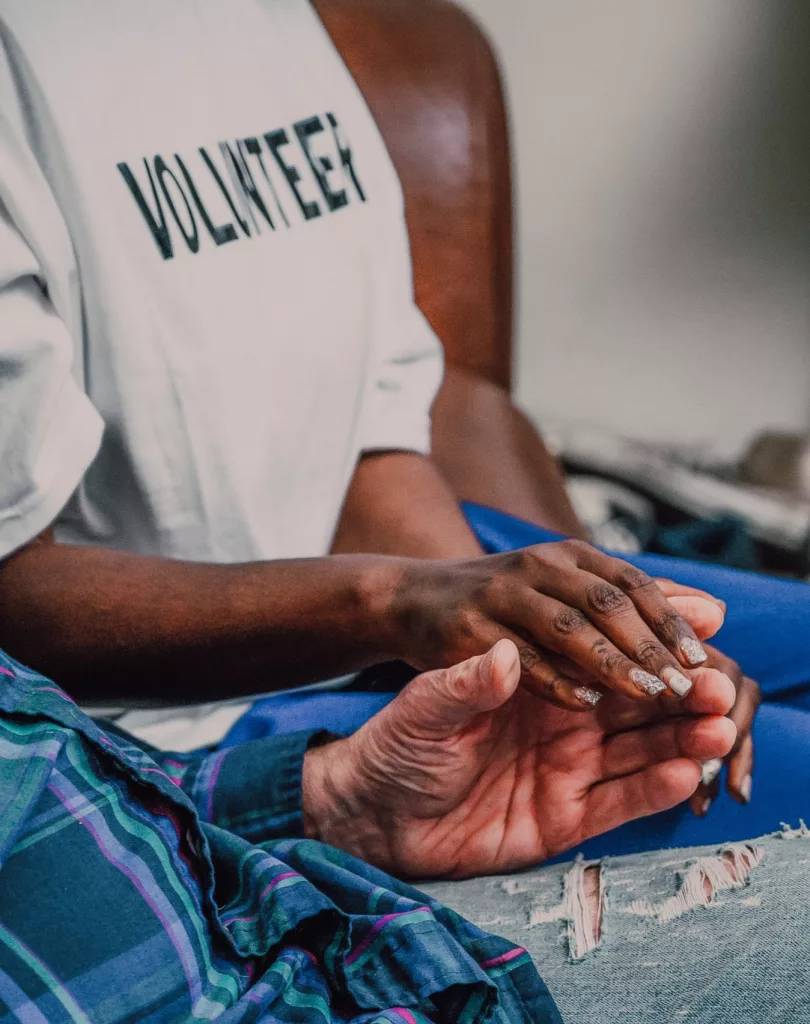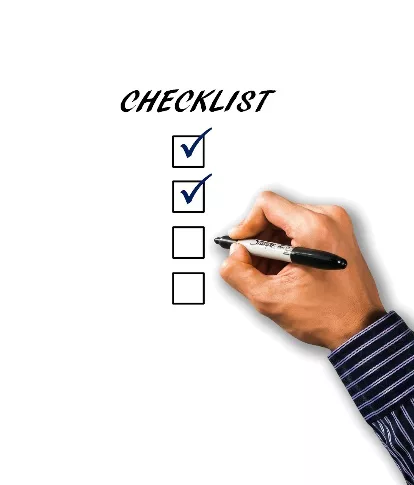
As a nonprofit, navigating the world of grants and funding can seem like a daunting task. However, securing financial support is crucial to maintaining your organization and achieving its goals. Grants are one of the most common ways to do this. With the right guidance, the process becomes much more clear. So, if you’re wondering how to write an effective grant proposal for a nonprofit, you’ve come to the right place.
We’ll explore the steps to nonprofit grant writing, how to write an effective grant proposal, and delve into why this skill is so essential.

Why Are Nonprofit Grants So Important?
There are countless benefits to applying for nonprofit grants besides just the obvious funding.
Nonprofit grants are a great way to:

- Get valuable free funding for your organization, such as financing an event and/or programs, purchasing equipment, or paying staff members. Many nonprofits support themselves through grants received throughout the year.
- Show your donors that your organization is reliable and legitimate. This adds more value to your nonprofit’s cause, which can boost donations.
- Diversify your organization’s income streams. Avoid relying entirely on a single source of income and create new chances for your company to grow, connect with new clients, and explore new options.
- Expand your organization. This can be costly, but nonprofit grants can enhance your organization while providing funds to support various projects.
- Take the pressure off. Nonprofit grants provide a safety net in case one of your revenue streams fails, especially in uncertain financial times. Profit from non-repayable government funding that will be vital to your fundraising success.
4 Steps to Writing an Effective Nonprofit Grant Proposal
Securing funds is crucial for the success of your nonprofit, and an effective grant proposal can be the key. Follow our for steps to create an effective nonprofit grant proposal.
1. Research the Grantor

Don’t skip this step! Understanding your potential funder is the cornerstone of an effective grant proposal. In fact, your research will form the bedrock upon which the entire proposal stands. You must ensure that your proposed project appeals to the grantor, or the rest of your work will be wasted.
- Understanding the Grantor’s Mission: It’s essential to be familiar with the funder’s mission and objectives. This ensures alignment between their goals and your proposed project.
- Identifying Supported Causes: Delve into the grantor’s history. What projects or causes have they funded before? This will give you insight into their interests and focus areas, and it can also offer clues on how to position your proposal.
- Reviewing Guidelines: Thoroughly review the grant application guidelines. Every funder will have specific requirements, and missing out on any will likely lead to immediate disqualification.
2. Tell Your Story
Your project isn’t just about numbers or statistics; it’s about real change and impact. And for this, you need to become a master at narrating your nonprofit story in a compelling way.
- The Human Aspect: Highlight who will benefit from the funding. Personal stories or testimonials can drive the point home, showcasing the direct impact of your work.
- The Change: Describe the transformation your project aims to bring. Is it improving community health, increasing access to education, or addressing some other critical need? Make the change tangible and descriptive.

3. Be Clear and Specific
Ambiguity is the enemy of trust. Grantors want to hear a great story, but they also need to know that their money is going to be used effectively and responsibly. Using precise statistics and projected outcomes will help them to feel more confident in this.
- Objectives and Steps: Clearly define the project’s objectives. What milestones do you hope to achieve, and in what timeframe? Lay out a step-by-step plan to ensure the objectives are met.
- Budget Breakdown: Be transparent about how you’ll allocate the funds. Provide a detailed budget that breaks down costs by category, such as personnel, equipment, travel, and other expenses. If possible, provide justification for each expenditure.
4. Proofread Carefully
Your proposal reflects your professionalism and dedication. Presenting a polished document is crucial. Rookie mistakes like formatting errors and misspelled words can mean that the funder won’t take your organization seriously.

- Peer Review: Before submission, have your proposal reviewed by your development peers or other professionals from your field. They can offer insights and catch errors that you might have overlooked.
- Error Elimination: Ensure your proposal is free of typos, grammatical errors, or inconsistencies. Use tools like Grammarly or spell-checkers, but also review the proposal manually to catch nuances that software might miss.
- Final Check: Before hitting the submit button, revisit the grantor’s guidelines one more time. Double-check that you’ve met all requirements, included all necessary attachments, and followed the recommended format.
Essentials to Include in Your Grant Proposal
It’s important to include certain key components to make your grant proposal effective. Here’s what you should focus on:

- Cover Letter: This is the first document a grantor sees, making it crucial. It introduces your organization, outlines the purpose of your proposal, and sets the tone for what’s to come. Think of it as your proposal’s first impression.
- Executive Summary: This is the snapshot of your proposal. The section provides a brief overview, answering the basics: Who are you? What’s your project about? Why does it matter?
- Organization Information: Dive into details about your charity. Share your mission, vision, achievements, and the impact you’ve made in the past. This section builds credibility, showcasing why your organization deserves the grant.
- Project Description: Here’s where you delve deep into the need. Define the goals of your project, its scope, and the potential beneficiaries. Describe the problem you’re addressing, the proposed solution, and the change you aim to bring about.
- Budget: This section requires utmost transparency. Provide a clear, itemized breakdown of how you intend to use the grant. List everything from personnel costs to materials and overhead to give the grantor a complete picture of how their money will be spent.
- Evaluation Plan: No funder wants their money to go into a black hole. Outline how you will measure the success of your project, the metrics you’ll track, and how you’ll report progress and outcomes.
- Supporting Documentation: Back up your claims with evidence. Letters of support, testimonials, research data, and any other relevant documents can make your proposal more compelling and trustworthy.
Downloadable Content: Sample Nonprofit Grant Cover Letter
Download this sample grant proposal cover letter and customize it for your organization.
Should You Work with a Grant Writer?
While anyone can learn how to write a grant proposal for a nonprofit, hiring or consulting with an experienced grant writer can significantly increase your chances of success. Professional grant writers bring skills and experience to your organization.
- Expertise: They know the intricacies of nonprofit grant writing.
- Time-Saving: Grant writers are masters in translating your mission into compelling narratives quickly, which means outsourcing can free up valuable time for your development staff.
- Higher Acceptance Rate: Their experience can make the difference between approval and rejection on competitive grants.
If you have the funds, it’s always a good idea to consider working with a professional. Some grant writers will work with you to finalize a grant after your team does the initial research and legwork. This can save your organization time and money while ensuring you have the best possible outcome.

Last Thoughts on Grant Proposals
Creating an effective nonprofit grant proposal may seem challenging, but its impact extends beyond immediate funding. Securing your first grant not only makes subsequent applications smoother but also boosts your organization’s credibility. Being endorsed by one funder acts as a testament to your mission, encouraging both existing donors and potential institutions to believe in and support your cause.

![How to Start A Nonprofit 501(c)3 Org. [10 Step Guide] How to Start A Nonprofit 501(c)3 Org. [10 Step Guide]](https://www.dojiggy.com/files/sites/164/2019/03/How-to-Start-A-Nonprofit-501c3-Org-10-Step-Guide-423x282.webp)

